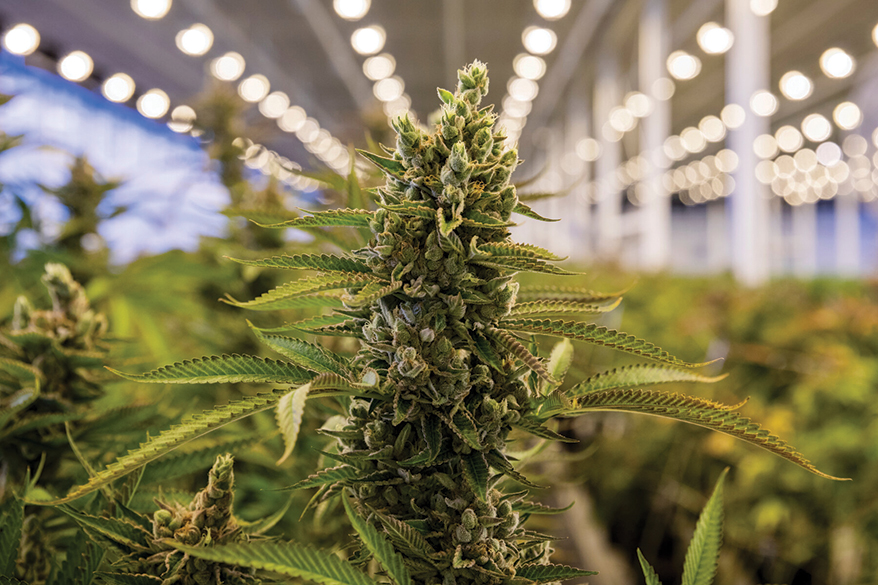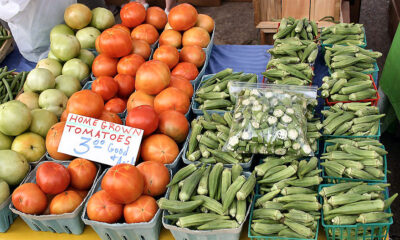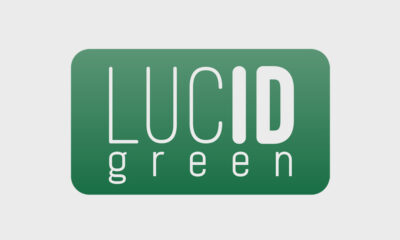HOW DID CANADIAN licensed producers (LPs) end up sitting on a million kilos of unsold cannabis last year? The quick-and-easy answer is that cultivators have been “growing blind” ever since Canada legalized cannabis. The longer answer is that the industry’s push to maximize production got out in front of its ability to project how much product the market was actually demanding.
When Canada went legal in 2018, the industry had very little market data to help companies forecast demand as they planned cannabis crop yields. Investors rewarded being big over being smart. Newly public LPs were valued based on their cultivation capacity alone since they had no profits and little revenue. In response, they devoted their newfound capital to expanding that capacity as fast as possible.
In March 2019, the month their stock prices hit an all-time high, Canadian LPs as a group sold 7,626 kilos of dried cannabis, according to government tracking. But the same outfits had collectively produced 62,561 kilos that month and were holding a whopping 172,282 kilos in their inventories.
For most industries—including agriculture, though seasonal adjustments must be factored in—an inventory turnover ratio of between 5 and 10 is considered healthy, meaning you sell and restock your inventory every 1-2 months. At the rate they had overgrown by 2019, Canadian LPs could have stopped all production and still taken nearly two years to sell off all of their backlogged product.
Advertisement
Growing Blind
Nobody wanted to be the first to blink. Reported inventories went on to peak at 1.17 million kilos in November 2020. Inventory had only shrunk 7 percent by March 2021—when the Canadian government stopped reporting the grim statistic.
To put 1 million kilos in context, legal markets around the world only consumed about 3.2 million kilos of cannabis biomass in 2021, according to Global Go Analytics’ (GGA) model of the worldwide legal supply chain. The model forecasts that demand will grow at double-digit rates for the foreseeable future, reaching more than 6 million kilos in 2025.
If LPs stop over-producing, this increase in demand could sop up the excess inventory over time. In theory.
In reality, there are several factors that make that unlikely:
Cannabis gets old, losing potency and aesthetic appeal, making it tougher to sell.
Much unsold product is not of the highest quality in the first place, meaning it will still be tougher to sell even if demand increases.
Canada has more than a million fresh kilos coming down the pipeline annually, despite widespread idling of LP grow facilities in 2021.
About 90% of worldwide demand comes from the United States (see graph), into which no cannabis can be legally imported until the federal government ends prohibition.
Even if the border was thrown open tomorrow, U.S. growers are themselves locked into their own state-by-state cultivation build-out frenzy.
The harsh truth is that a large portion of the excess inventory biomass currently held by Canadian LPs will wind up getting mulched.
Advertisement
Raw Material Needs in Cannabis Markets
Since Canadian LPs made their fateful capacity decisions with little data or analytics to go on, great strides have been made in developing consumer-level and retail-level data in legal cannabis. Brands and retailers have most of the modern data and analystics tools their counterparts in the broader economy enjoy.
But cultivators and extractors still have few planning tools available to them.
At Global Go Analytics, we developed our Cultivation Demand Model to be such a tool for supply-side operators. Researching what little hard data there is on the supply side and analyzing it in the context of more widely available data on the demand side, we produced our estimate of 3.2 million kilos of global demand in 2021 and forecast of 6.1 million kilos in 2025.
Critically, it’s a demand-based model, deriving the total milligrams of THC contained in all products sold to consumers—inhalable, ingestible and topical—and converting those milligrams into the kilograms of biomass required to deliver those active ingredients to product makers. The model does not try to estimate how much biomass and extracts were actually produced by cultivators and processors, but rather how much product-makers needed to meet consumer demand, both by product category and geographic market.
Categorizing Demand for Product, Geographies
How can we calculate the demand for different kinds of end products? Flower-sold-as-flower is straightforward—a gram sold was a gram grown. Estimating the biomass grown and sold to product makers for packaged goods like concentrates and ingestibles is a more complicated calculus based on per-package milligrams and assumed extraction yields.
All of this is brand new science—from the marketing science of testing relative consumer demand for different-sized packages of gummies, to the extraction science around cannabinoid yields, to the ag sciences of genetics and maximizing productivity per square foot of indoor, greenhouse and outdoor growing spaces.
The Cultivation Demand Model will gain precision from the emergence of standards in all those fields in the years ahead. This is still very early days for the legal cannabis industry.
But GGA clients around the world are already using our model to address a wide variety of specific strategic planning questions:
- How much canopy will we need to capture, say, 20 percent of the 2025 market?
- Where’s the bigger opportunity: wholesaling trimmed flower for sale as flower or selling unprocessed biomass for extraction into concentrates and edibles?
- As cultivators, can we justify an investment in extraction equipment ourselves?
- Which markets should we expand into?
Can we earn reasonable ROI on an indoor grow operation in a high-wage northern market before federal legalization brings interstate competition from cheaper, sunnier climes?
These are the kinds of questions that suppliers need reliable answers for as the industry moves out of its freewheeling, pioneering days into a more mature and strategic stage of investment.
Advertisement
Implications for the Global Supply Chain
Our research for the model is also generating findings with broad implications for companies and investors along the entire nascent supply chain. Oversupply of raw materials is just one distortion to the cannabis market caused by its unique regulatory status as a popular consumer good that governments began shoving into illicit channels a century ago.
For example, variances in legal status means the U.S. industry can’t do logical things like grow raw material outdoors for pennies-per-gram in sun-drenched agricultural states and ship it around the country. Hence, U.S. cannabis has two features that Econ 101 says can’t co-exist: a glut of raw materials but sky-high consumer prices that often make legal sales non-competitive with the illicit market.
Internationally, Canadian companies are driving production costs down by moving outdoors in latitudes that average as little as six hours of sunlight per day. Colombian growers enjoy a tropical sun but export restrictions prevent them from capitalizing on that cost advantage.
European medical markets are just as incoherent despite the EU’s supposedly open borders. German flower costs twice as much as Dutch flower on a per-milligram basis. Some treatments via tincture in Germany cost 7x what they cost via smokable flower on a per-milligram basis.
Supply imbalances and wildly varying prices are typical of nascent consumer product markets and can actually provide unique opportunities for supply-side companies. The risk is getting left high-and-dry with raw materials they can’t sell at a profit. But most new-product markets quickly rationalize their supply chains around uniform or near uniform regulatory environments. Given the slow pace of country-by-country legalization, it’s a safe bet that the cannabis supply-chain will be tough to navigate for many years to come.
 As part of an agreement with OSHA, Trulieve of Tallahassee, FL will Trulieve will design and implement a temporary information and training program that alerts employees to potential allergic reactions they might experience working with ground cannabis dust in an occupational setting. PHOTO GCT
As part of an agreement with OSHA, Trulieve of Tallahassee, FL will Trulieve will design and implement a temporary information and training program that alerts employees to potential allergic reactions they might experience working with ground cannabis dust in an occupational setting. PHOTO GCT

 Legal12 months ago
Legal12 months ago
 Business12 months ago
Business12 months ago
 Business12 months ago
Business12 months ago
 Business12 months ago
Business12 months ago
 Legal12 months ago
Legal12 months ago
 Medical12 months ago
Medical12 months ago
 Cultivation11 months ago
Cultivation11 months ago
 Cultivation12 months ago
Cultivation12 months ago
















